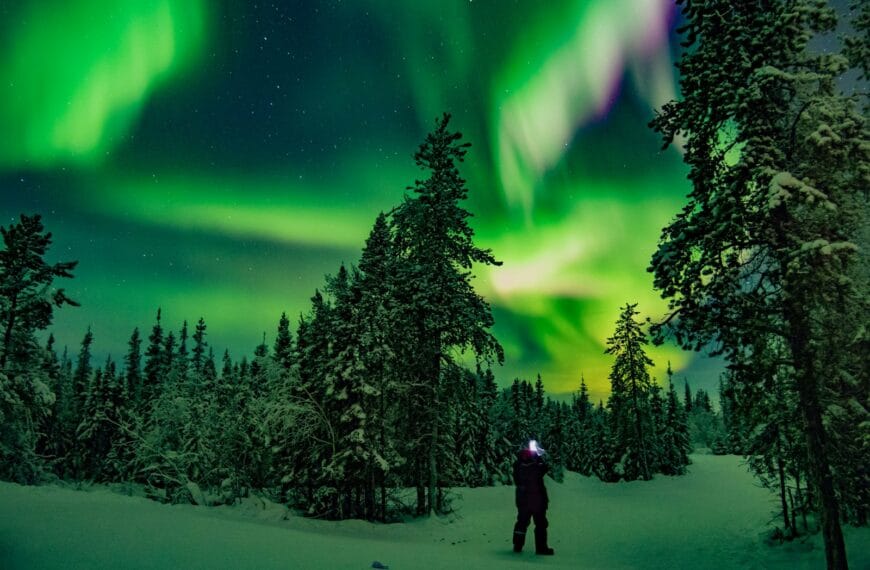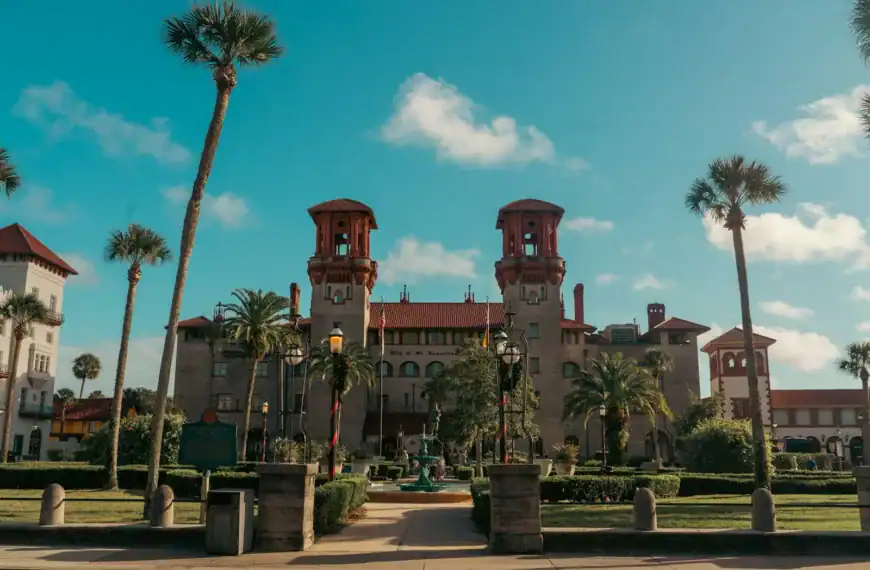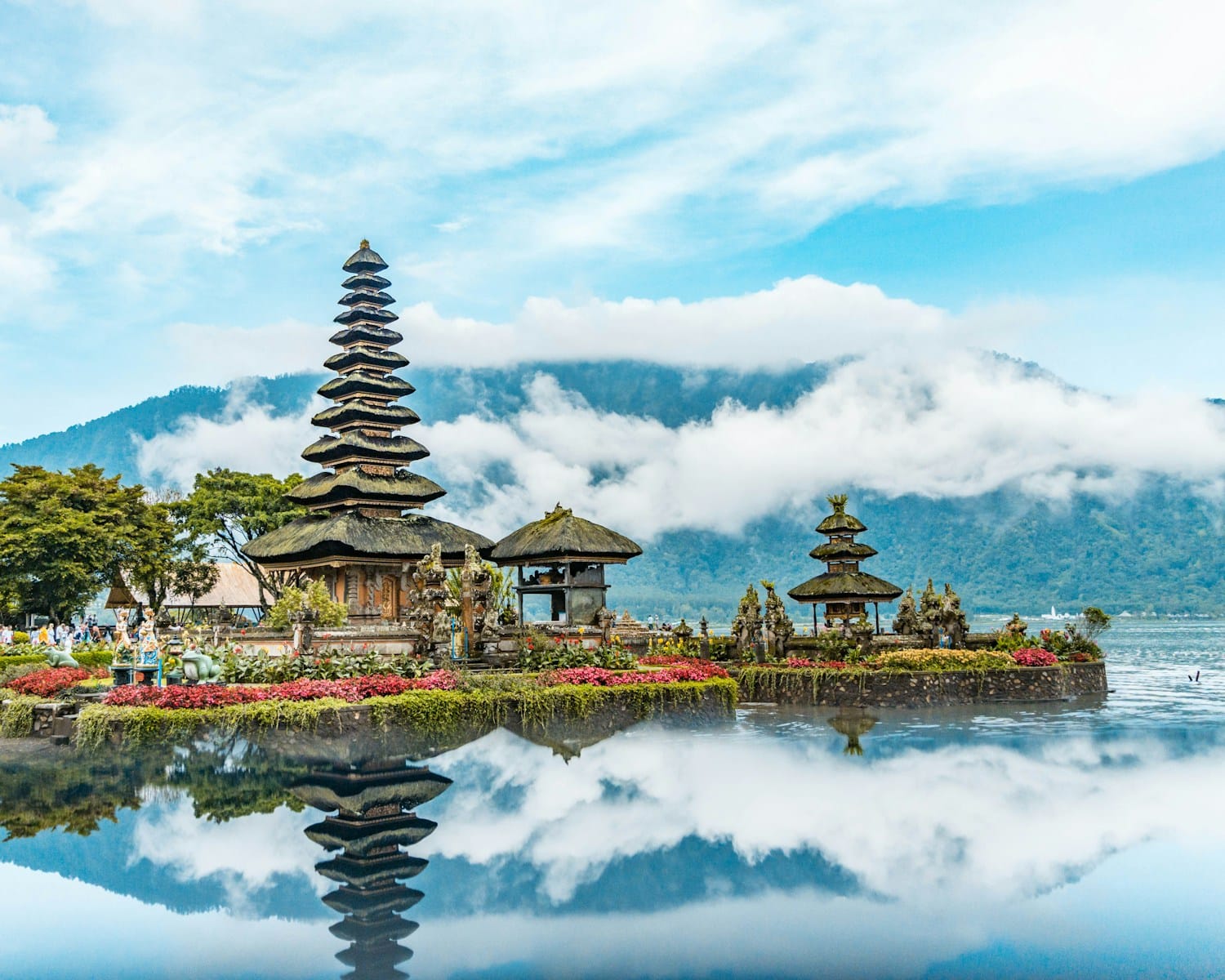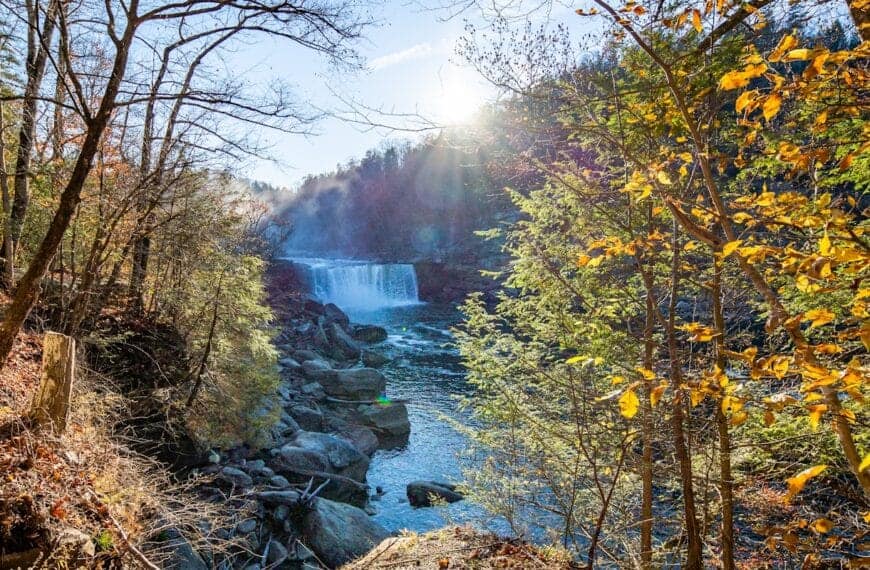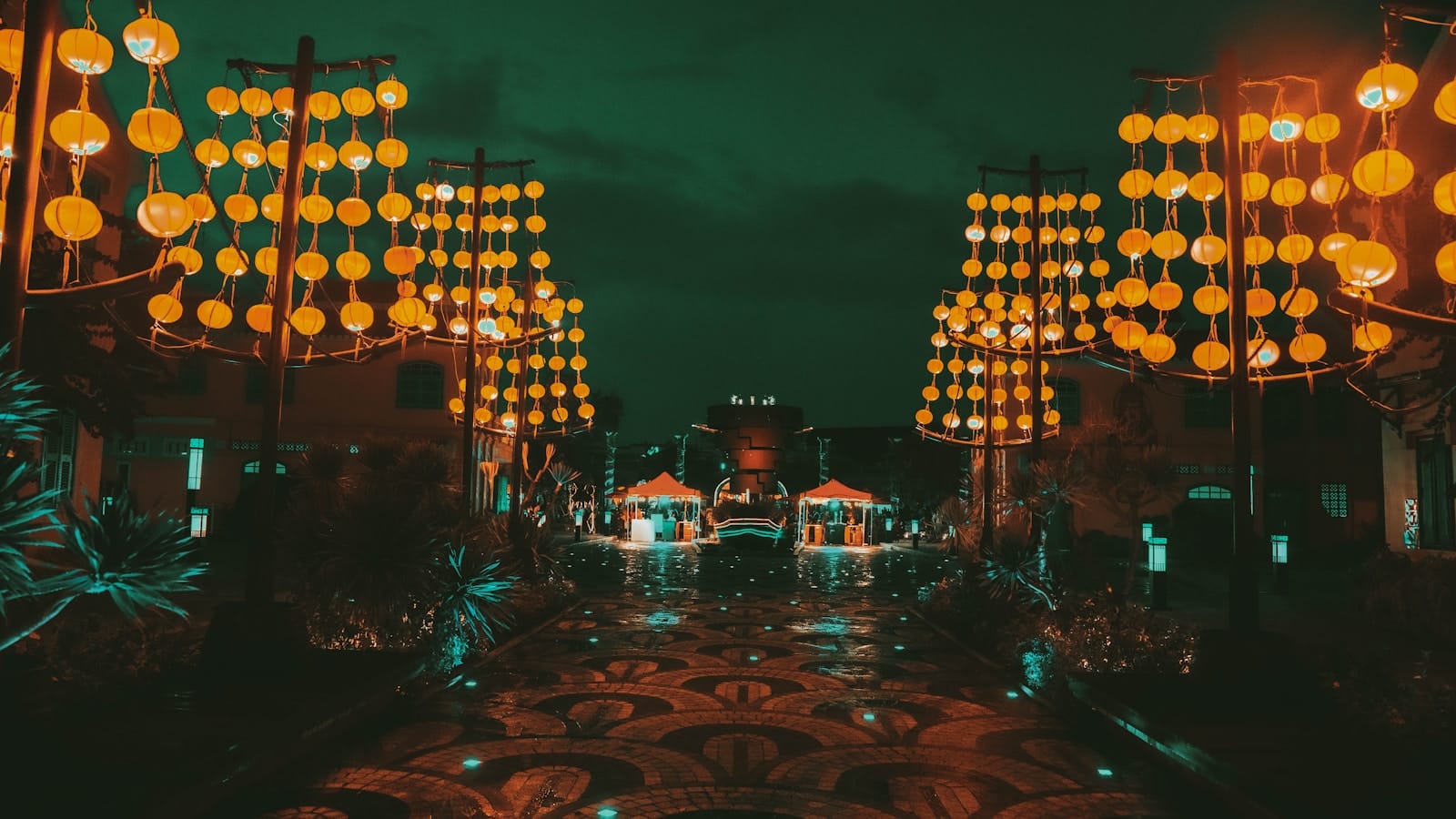Big Island Travel Guide: Discover Hawaii’s Wildest Island
Intro to Big Island Travel Guide
The Big Island of Hawai‘i is the most dramatic of all the Hawaiian Islands — a place where lava meets the sea, snow blankets volcanic peaks, and ancient legends live on in sacred valleys and rainforests. It’s a living laboratory of natural wonder, packed with geological extremes, indigenous culture, and adventure around every corner.
Start your journey with our Big Island Travel Guide and discover everything from glowing lava and ancient petroglyphs to stargazing summits, waterfall hikes, and world-class snorkeling.
Planning your adventure? Explore top-rated Big Island tours and discover unforgettable things to do — from crater hikes and manta ray dives to coffee tastings and Hawaiian cultural experiences.
Nearby Places to Explore from Big Island
Captain Cook | Hilo | Honokaʻa | Kailua-Kona | Keaʻau | Kealakekua | Mountain View | Nā‘ālehu | Pāhoa | Waikōloa Village
💡Quick Facts:
Continent: North America
Country: United States
State: Hawaii
Island: Hawai‘i Island (commonly known as the Big Island)
Area: ~10,432 km² (largest in the Hawaiian archipelago)
Population: ~200,000 (2024 est.)
Density: ~19 people/km²
Major Towns/Cities: Hilo (east), Kailua-Kona (west), Waimea, Volcano, Pāhoa
Language(s): English (official); Hawaiian recognized
Currency: U.S. Dollar (USD)
Time Zone: Hawaii Standard Time (UTC–10); no daylight savings
Nearest Airport(s): KOA (Kona), ITO (Hilo)
Climate: Diverse – tropical, arid, alpine; includes 10 of 13 world climate zones
Known For: Volcanoes, lava fields, black and green sand beaches, stargazing, rainforests, waterfalls, Hawaiian culture
🛂Arrival Info:
Follows U.S. immigration policy
Visa-free for 90 days under the Visa Waiver Program (VWP) with ESTA
Travelers from non-VWP countries must obtain a B-2 tourist visa
Full requirements: U.S. State Dept – Visitor Visa Info
💉Health Info:
No special vaccines required
Routine vaccines and COVID-19 protection recommended
Quality medical centers in Hilo and Kona; limited facilities in rural areas
Travel insurance advised, especially for adventure activities and inter-island changes
Travel health updates — get coverage here
Stay Informed with Official Updates: World Health Organization – International Travel and Health | Centers for Disease Control and Prevention – Global Travel Health
🚨Travel Advisory:
Safe overall, but take care near volcanic zone, ocean currents, and on steep hiking trails
Check active alerts via Hawai‘i County Civil Defense
Stay Informed with Official Updates: US Travel Advisory | UK Foreign Travel Advice
📅Holidays:
Prince Kūhiō Day – March 26
King Kamehameha Day – June 11
Admission Day (Statehood Day) – Third Friday in August
Christmas Day – December 25
New Year’s Day – January 1
Most businesses and state offices close on federal and local holidays
💰Money Matters:
Currency: USD
Cards widely accepted; carry small cash for farmers markets and remote stops
Tipping: 15–20% is customary in restaurants, tours, and taxis
Prices can be higher than U.S. mainland due to island imports
Farmers markets are popular for local goods — cash preferred
🚍Transport:
Rental cars are essential — the island is large with limited public transit
Hele-On Bus offers basic intercity service but with limited frequency
No Uber/Lyft coverage outside main towns
4WD recommended for off-road and Mauna Kea summit access (tour only)
Drive time from Hilo to Kona: ~1.5 to 2.5 hours depending on route
📶Connectivity:
Mobile coverage is strong in towns; limited in volcano, saddle road, and rainforest regions
Free Wi-Fi in hotels, visitor centers, cafes
Major carriers: AT&T, Verizon, T-Mobile — all support eSIM
Download offline maps for remote areas like Pololū Valley or Mauna Loa
📜Laws & Etiquette:
Legal drinking age: 21
Respect sacred Hawaiian sites such as Mauna Kea, Puʻuhonua o Hōnaunau, and heiau (temples)
Avoid touching turtles, coral, or wildlife — protected by law
LGBTQ+ inclusive; Hawaii recognizes and celebrates diversity
Public nudity and marijuana use are not legal, though both are culturally nuanced
🛡️Emergency Info:
Emergency Number: 911
Police non-emergency: (808) 935-3311 (Hawai‘i County)
Hospitals: Hilo Medical Center, Kona Community Hospital
Travel insurance recommended for volcanic activity, health care, and water-based excursions
Civil alerts: Hawai‘i Emergency Management Agency
🌦️Weather:
Kailua-Kona (west): Dry and sunny (avg. 26–32°C / 78–90°F year-round)
Hilo (east): Wet and lush (more than 300 cm/120 inches annual rainfall)
Volcano/Hāmākua regions: Cool and misty
Mauna Kea/Mauna Loa summits: Below freezing; snow possible
Best time to visit: April–October for beaches; November–March for whale watching
Weather Forecast
Big Island Cities & Major Destinations
Though it’s known for vast wilderness, the Big Island also has diverse towns that serve as cultural, historic, and adventure hubs.
Hilo
Set on the lush east coast, Hilo is the Big Island’s largest city and cultural capital. It’s known for the Hilo Farmers Market, tropical gardens, and access to waterfalls and Hawai‘i Volcanoes National Park.
Kailua-Kona
The dry, sunny west coast hub, Kona is beloved for beachside cafes, snorkeling coves, historic Hawaiian sites, and nightly manta ray dives. It’s also the heart of Kona coffee country.
Waimea (Kamuela)
A paniolo (cowboy) town framed by rolling green hills and ranchlands, Waimea is a great base for scenic drives to Waipi‘o Valley and the Kohala coast.
Volcano Village
Nestled at 4,000 feet near Hawai‘i Volcanoes National Park, this peaceful village offers cozy inns, rainforest hikes, and easy access to lava tubes and steam vents.
Pāhoa
In the funky Puna district, Pāhoa is artsy and resilient, shaped by past lava flows. It’s a gateway to Kehena Beach, warm tide pools, and the Red Road coastal drive.
Captain Cook & Kealakekua Bay
This South Kona area is known for its historical significance, coffee farms, and some of the island’s best snorkeling in marine preserves.
How to Choose Where to Go in Big Island
With over 4,000 square miles and 8 of the world’s 13 climate zones, the Big Island can feel like visiting multiple destinations in one trip.
- First-time visitors: Stay on the Kona Coast for beaches, snorkeling, and sunny weather.
- Adventure seekers: Base near Volcano or Hilo for hiking, lava fields, and rainforest scenery.
- Slow travelers: Head to Waimea or the southern Ka‘ū region for space, quiet, and deep cultural connection.
- Families: Mix east and west for a balance of swimming beaches and educational nature tours.
Geographically, divide your time between:
- South (Ka‘ū): Rugged coastline, Green Sand Beach, and peaceful isolation.
- East Side (Hilo/Puna): Rainy, lush, more authentic and volcanic.
- West Side (Kona/South Kohala): Drier, more resort-oriented, ideal for water activities.
- North (Waimea/Kohala): Scenic valleys and cultural landscapes.
Top Places to Visit
Hawai‘i Volcanoes National Park
Explore the incredible landscapes shaped by ongoing volcanic activity, including the Kīlauea crater and lava tubes.
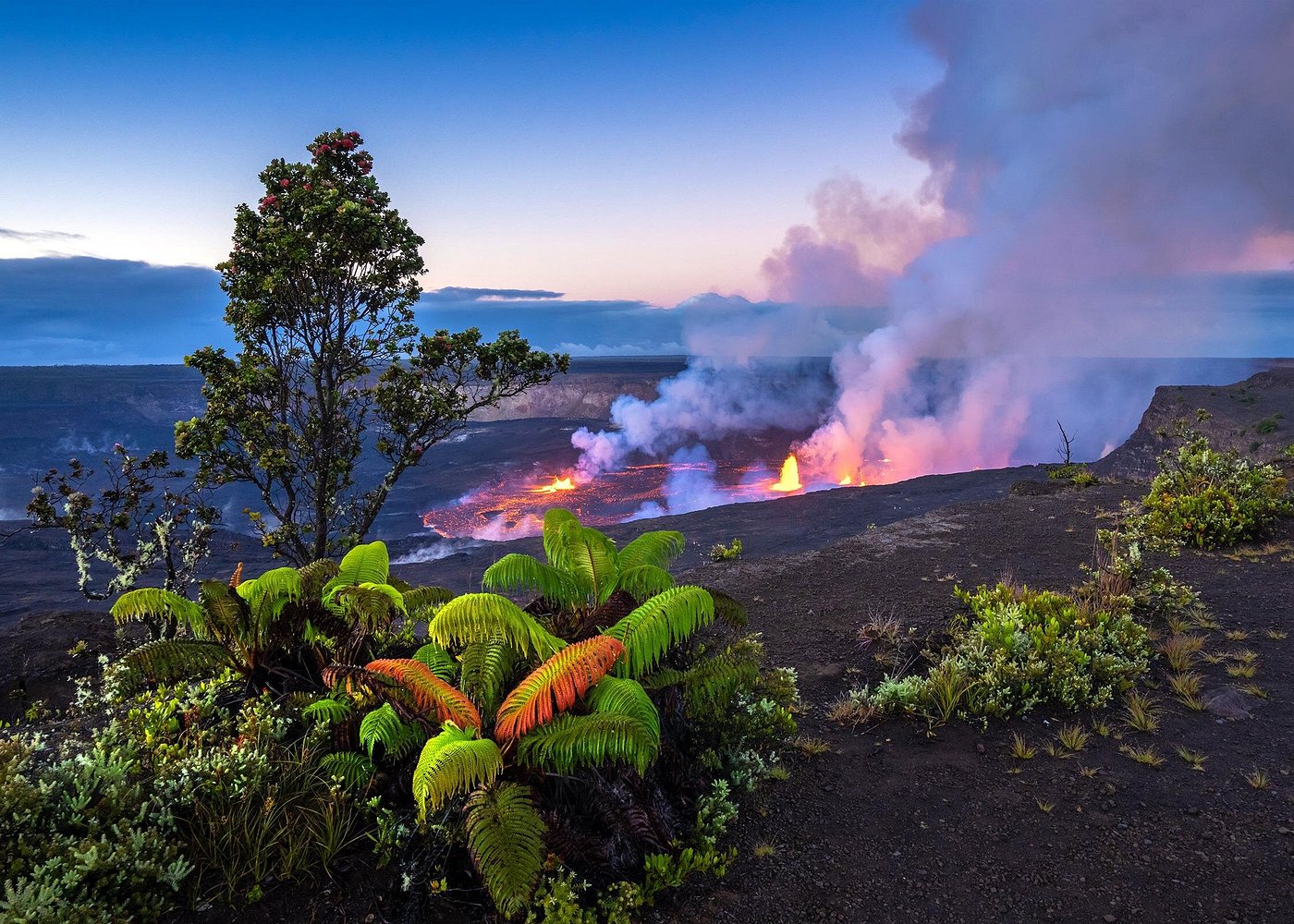
Akaka Falls State Park
A short, scenic hike leads to one of the island’s most stunning waterfalls, plunging 442 feet into a lush gorge.

Mauna Kea Summit
Rising nearly 14,000 feet above sea level, this dormant volcano offers surreal stargazing and snow-capped views (seasonally).

Puʻuhonua o Hōnaunau National Historical Park
A beautifully preserved place of refuge offering insight into ancient Hawaiian laws and traditions.

Pololū Valley Lookout
Take in dramatic cliffs and coastlines, then hike down to a black sand beach for a remote and peaceful escape.

Natural Escapes & Scenic Highlights
The Big Island’s wild nature steals the spotlight — this is where Hawaii shows its elemental power.
Hawai‘i Volcanoes National Park
Witness steam vents, active lava flows (when present), craters, and lava tubes in one of the world’s most active volcanic zones.
Mauna Kea Summit
Rising nearly 14,000 feet above sea level, Mauna Kea offers otherworldly landscapes and world-renowned stargazing above the clouds.
Waipi‘o Valley
Framed by cliffs and waterfalls, this sacred valley in North Kohala was once home to Hawaiian royalty. Hike or view from the lookout.
Punaluʻu Black Sand Beach
See endangered sea turtles resting on jet-black volcanic sand — a stunning and symbolic shoreline.
Green Sand Beach (Papakōlea)
Accessible via a challenging 2.5-mile trek, this rare olive-colored beach is near South Point, the southernmost spot in the U.S.
Pololū Valley Lookout & Trail
North of Waimea, this less-traveled valley offers an epic coastal hike and panoramic views of cliffs and rainforest.
Cultural & Historic Landmarks
The Big Island is rich in indigenous Hawaiian history and sacred sites.
Puʻuhonua o Hōnaunau National Historical Park
Explore this former place of refuge for kapu lawbreakers — complete with reconstructed temples, fishponds, and tiki statues.
Kaloko-Honokōhau National Historical Park
Just north of Kona, see ancient fishponds, petroglyphs, and sacred coastal ruins once used by native Hawaiians.
Kealakekua Bay State Historical Park
The site of Captain Cook’s landing and death in 1779. Now a marine life conservation area great for snorkeling.
Hulihe‘e Palace
Located in Kailua-Kona, this royal vacation home showcases artifacts from the era of Hawaiian monarchy.
Imiloa Astronomy Center
A fusion of Polynesian navigation, Hawaiian cosmology, and cutting-edge science located in Hilo.
Petroglyph Fields (Puako and Kaloko)
Thousands of ancient carvings etched into lava fields give a glimpse into early Hawaiian life and spiritual beliefs.
Local Food, Arts & Experiences
The Big Island’s food scene is rooted in local farms, native ingredients, and multicultural fusion.
- Kona Coffee Tours: Visit working farms and sample some of the world’s best beans, grown in volcanic soil.
- Farmers Markets: Don’t miss Hilo Farmers Market or Waimea’s Saturday Market for tropical fruits, honey, and crafts.
- Loco Moco & Poke Bowls: These local staples are found island-wide — hearty, flavorful, and beloved.
- Malasadas & Shave Ice: Portuguese-style doughnuts and refreshing island desserts are perfect post-hike treats.
- Lei-making, Hula, & Ukulele workshops: Many resorts and local shops offer cultural experiences tied to Hawaiian traditions.
- Night Manta Ray Dives: A signature Big Island thrill, done off the Kona Coast.
Must-See Experiences in Big Island
These unforgettable moments are why travelers return again and again.
- Witness a lava glow or active flow at Hawai‘i Volcanoes National Park (if conditions allow)
- Stargaze from Mauna Kea, one of the world’s premier observatories
- Snorkel with sea turtles and vibrant reef fish in Kealakekua Bay
- Hike into Waipi‘o Valley for an up-close view of waterfalls and black sand beach
- Sample estate-grown Kona coffee in Captain Cook
- Take a scenic drive along the Red Road in Puna
- Swim with manta rays after dark in Kona
Book immersive Big Island tours and experience unforgettable things to do in Big Island — from sacred lava hikes and manta ray encounters to cowboy ranch rides and underwater reef adventures.
Getting Around Big Island
Public transport is very limited — to explore freely, a rental car is essential.
- Driving: Plan for long distances — circumnavigating the island takes ~6 hours without stops.
- 4WD: Needed only for certain areas like Mauna Kea Summit (via saddle road) and Green Sand Beach access roads.
- Inter-island flights: Kona (KOA) and Hilo (ITO) airports connect with other Hawaiian islands.
- Biking & Walking: Only practical in small town centers like Kona, Hilo, or Waimea.
- Guided Tours: Ideal for Mauna Kea, Volcanoes Park, and stargazing to avoid road restrictions or permits.
Best Time to Visit Big Island
The Big Island is a year-round destination with mild temperatures and distinct microclimates.
- Winter (Dec–Feb): Great for whale watching and surfing; snow sometimes falls on Mauna Kea.
- Spring (Mar–May): Quieter, lush landscapes and calm ocean conditions.
- Summer (Jun–Aug): Best visibility for diving/snorkeling; hotter, especially in Kona.
- Fall (Sep–Nov): Fewer crowds, shoulder-season pricing, still warm for swimming.
Rain is more frequent on the east (Hilo) side; Kona is typically dry and sunny. Volcano and Mauna Kea weather varies rapidly.
Best Travel Itineraries in Big Island
5-Day Classic Adventure
- Day 1: Arrive in Kona, sunset beach dinner
- Day 2: Kona coffee tour + Kealakekua Bay snorkel
- Day 3: Volcanoes National Park + night lava glow
- Day 4: Hilo waterfalls + ‘Akaka Falls + Imiloa Center
- Day 5: Return via Waipi‘o Valley + Waimea scenic stop
7-Day Nature-Focused Escape
- Add: Mauna Kea summit tour, tide pools in Puna, Green Sand Beach hike, farmers markets, and more snorkeling
10-Day Deep Dive Itinerary
- Combine west coast base (Kona) and east side (Hilo or Volcano Village)
- Include cultural sites, food experiences, and 2–3 hikes
Travel Safety & Etiquette in Big Island
- Respect Sacred Sites: Heiau (temples), petroglyph fields, and valleys like Waipi‘o hold cultural significance — stay on marked trails.
- Drive Cautiously: Roads can be winding, especially at night or in wet weather.
- Mauna Kea Restrictions: Only permitted vehicles allowed to summit; consider guided tours.
- Leave No Trace: Pack out trash and respect marine wildlife.
- Volcano Hazards: Follow all signage and ranger advice — eruptions can occur without warning.
Nearby Islands
Expand your Hawaiian journey:
- Maui: Short flight away — waterfalls, Hana Highway, and luxury beach resorts.
- Oahu: Visit Pearl Harbor, Diamond Head, and vibrant Honolulu nightlife.
- Kaua‘i: For remote beaches, Waimea Canyon, and Na Pali Coast adventures.
Maui Travel Guide | Oahu Travel Guide | Kaua‘i Travel Guide | Hawaii Travel Guide (Full State)
Final Planning Checklist for Big Island
- Rent a car — it’s the only way to truly explore
- Pack layers — summit temps can drop below freezing
- Book Mauna Kea and lava-viewing tours early
- Respect cultural sites and signage
- Watch weather updates for volcano and road closures
- Allow extra drive time between regions — don’t overpack your days
- Combine west and east side stays for a fuller experience
For more expert travel tips, practical strategies, and trusted tools — visit our Homepage and get inspired for your next trip.


